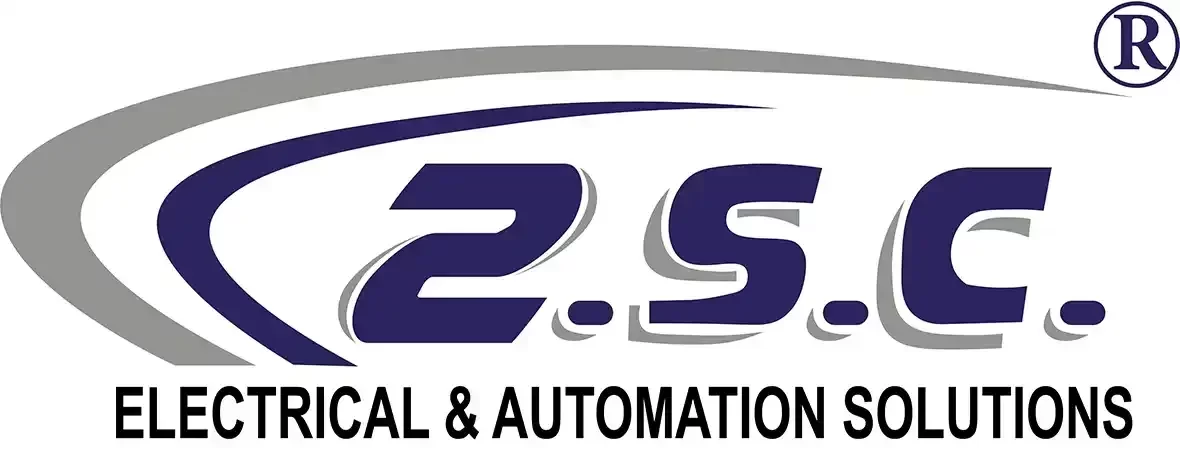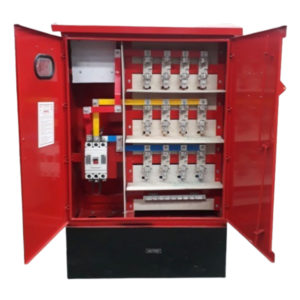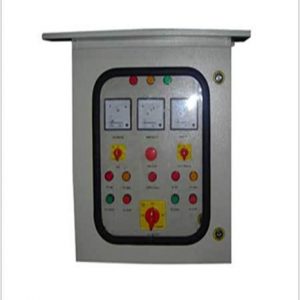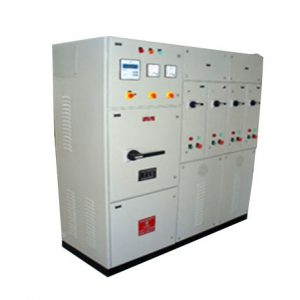HEAT TRACER PANEL WIH SCANNER
Electric tracing systems have extremely low failure rates as opposed to the electric resistance heat tracing systems of the past, due to improved technology and industry standard requirements that must be met in order to be accepted as a viable supplier in this market place.
Description
Electric tracing systems have extremely low failure rates as opposed to the electric resistance heat tracing systems of the past, due to improved technology and industry-standard requirements that must be met in order to be accepted as a viable supplier in this marketplace. Microprocessor-based controls can hold pipe temperatures to extremely close tolerances. State of the art high temperatures polymers and processing methods have led to the development of new and improved flexible self-regulating and power-limiting heating cables. These flexible heaters can be used to hold pipeline temperatures in the range of approximately 149C (300F) where steam, hot thermal fluids or copper-sheathed mineral-insulated heating cables would have been used in the past. The development of high-temperature metal alloys has provided a means to increase the temperature maintenance rating of today’s semi-flexible mineral-insulated electric heating cables up to as much as 500C (932F) with exposure temperatures up to 593C (1,100F). See Figure for electric heat tracing control panel manufactured by S.S. CONTROLS.
TYPICAL HEAT TRACING SYSTEM:
A complete electric heat tracing system will typically include the following components:
- Electric heat tracing cable
- Power connection kit.
- Cable end termination.
- Thermal insulation and weather barrier.
- Branch circuit protection device.
- Control device.
- Safety caution label.
The absence of any of these items can cause a system to malfunction or represent a safety hazard.
- Ground-fault maintenance equipment protection is required for all heat tracing circuits.
- Thermostatic control is recommended for all freeze protection and temperature maintenance heat tracing applications.
- All heat-traced lines must be thermally insulated. Cable Testing After a heat tracing circuit has been installed and fabricated and before the thermal insulation is installed, the heating cable should be tested to ensure electrical resistance integrity.
HEAT TRACING PANEL WITH RTD SENSOR:
S.S. CONTROLS provides a cost-effective alternative to conventional resistance heat tracing on long pipelines by eliminating the need for an extensive power distribution system.
The system generates heat in the heat tube by the return electrical current flowing through the impedance of the inner skin of the heat tube. There is no voltage or current on the outer skin of the heat tube.
A complete electrical heat-tracing system is much more than just the heating cable. S.S. CONTROLS can provide a complete system from the electrical transformer and heat-trace to the power connection, heating cable end termination, glass tape and warning labels. We can supply the individual components, provide engineering and design and even install and maintain the entire system.
MERITS OF ELECTRIC HEAT TRACING PANEL:
Electrical tracing is recommended for non-metal and lined piping and process equipment because of the ability to provide very low heat output. Electric tracing is often recommended for use with temperature-sensitive products that must be maintained within a narrow temperature range. It is easily equipped with temp. control devices to maintain precise consistent temperatures to keep process temperatures within specification limits and to conserve energy.
Since electric tracing does not convey a fluid, there are no fittings or traps that may cause energy leaks or require routine maintenance. This translates into simplified installation and reduced operation and maintenance costs.
Over its history, electric tracing has proven to be a safe choice for process pipe and equipment heating. High industry standards and approval agency testing provides verification of fitness for the intended service
Short lengths of pipe or long pipelines in the range of 25 kilometres (15 miles) in length may be heated by the use of various types of heating cables or skin effect heat tracing systems.
APPLICATIONS OF HEAT TRACING CABLES:
Industrial & Commercial Applications
- Petroleum Refineries — Maintain petroleum and by-products at process temperature
- Waste Water Treatment Facilities — Prevent the precipitation of NaOH from solutions
- Food Processing Plants — Maintain the viscosity of products in processes such as chocolate, and oils.
- Storage Tanks
- Freeze Protection of Steam-Cleaned Lines
- Power Generating Plants — Trace steam condensate lines and other chemical additive lines
In a large number of regions in the world, buildings are susceptible to damage caused by water freezing. Primarily, this damage involves either the bursting of pipes or structural damage due to the weight of ice and snow building up on the roof.
- Cooling Tower Pipes
- Parking Garage Drain Lines
- Chiller Water Lines
- Exposed Pipe Traps
- Exposed Storm Water Pipes
- Sump Discharge Pipes and Equipment
- Wet Sprinkler Fire Systems,
- Outdoor Sports Facilities and Stadiums
- Roof and Gutter De-icing
- Hot Water Maintenance







